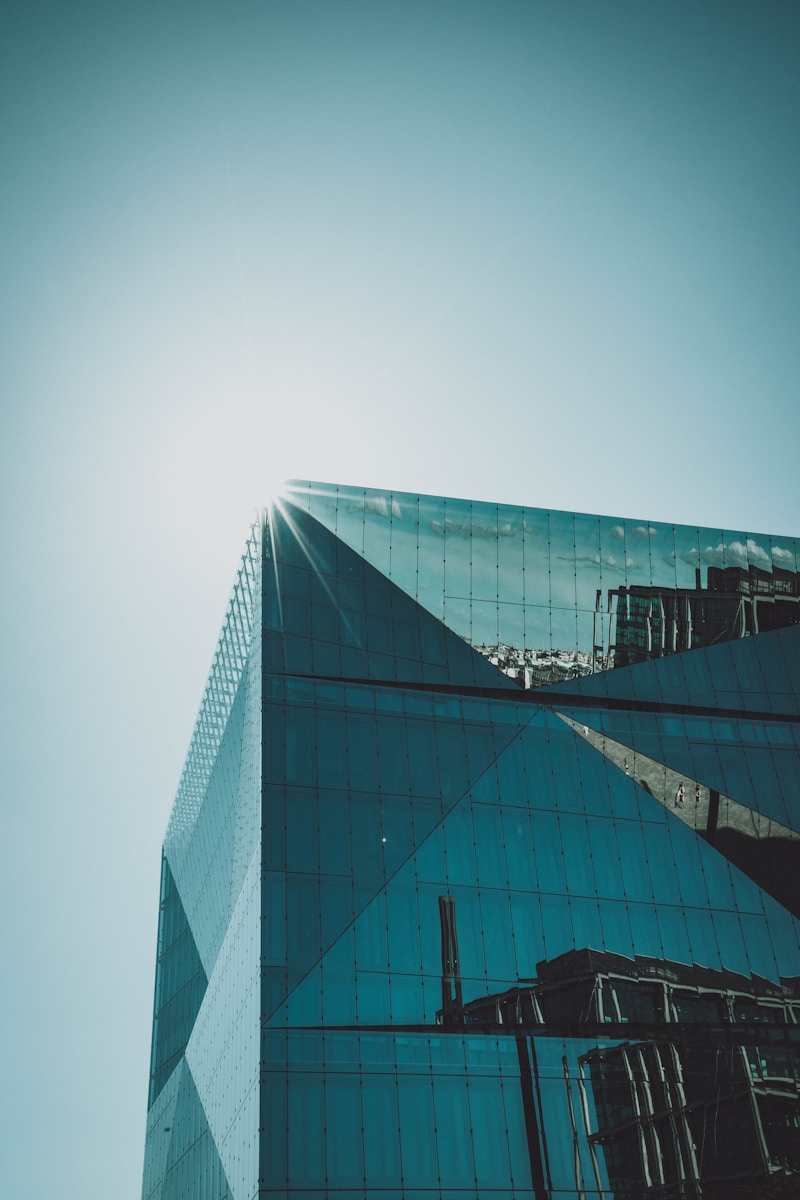When a major steel manufacturer needed to modernise their operations while maintaining workforce stability, they faced a seemingly impossible challenge. Yet through strategic planning and collaborative engagement, they achieved a successful digital transformation while strengthening union relationships. This guide explores proven approaches to managing organisational change in unionised environments, where success depends on balancing innovation with tradition, compliance with progress.
1. Understanding the Unique Dynamics of Unionised Change
The Stakeholder Landscape
Change in unionised environments involves multiple stakeholders, each with distinct concerns:
- Union representatives protecting member interests
- Employees concerned about job security
- Management driving organisational objectives
- External stakeholders monitoring compliance
Key Challenges
- Multi-layered approval processes
- Complex communication requirements
- Established work practices and agreements
- Historical relationships and past experiences
2. Building a Strategic Foundation
Assessment and Planning
Before initiating change:
- Analyse current union agreements and obligations
- Identify potential impact on working conditions
- Map stakeholder interests and concerns
- Develop risk mitigation strategies
Example: A manufacturing plant successfully automated key processes by first conducting a detailed impact analysis and creating comprehensive retraining programs for affected workers.
Creating the Change Framework
Establish clear structures:
- Joint steering committees
- Working groups with union representation
- Regular consultation forums
- Feedback mechanisms
3. Engagement and Communication
Early Union Involvement
Success story: A logistics company achieved 90% buy-in for new technology implementation by involving union representatives in vendor selection and training design.
Key strategies:
- Pre-consultation before formal announcements
- Joint problem-solving sessions
- Transparent sharing of information
- Regular progress updates
Employee Communication
Develop a multi-channel approach:
- Face-to-face briefings
- Digital updates
- Union newsletters
- Town hall meetings
- Training sessions
4. Managing the Implementation Process
Phased Implementation
Break changes into manageable phases:
- Pilot programs with volunteer groups
- Gradual rollout across departments
- Regular review and adjustment periods
- Celebration of early wins
Supporting the Transition
Provide comprehensive support:
- Skills development programs
- Career transition assistance
- Mental health and wellbeing support
- Regular check-ins and feedback sessions
5. Compliance and Documentation
Legal and Industrial Requirements
Ensure adherence to:
- Enterprise agreements
- Modern awards
- Fair Work Act provisions
- Industry regulations
Documentation Best Practices
Maintain detailed records of:
- All consultations and agreements
- Training and support provided
- Impact assessments
- Mitigation measures
6. Measuring Success and Sustainability
Key Performance Indicators
Track both hard and soft metrics:
- Operational efficiency gains
- Employee engagement levels
- Grievance rates
- Union relationship strength
- Skills development progress
Long-term Sustainability
Build lasting success through:
- Regular review meetings
- Continuous improvement processes
- Ongoing skills development
- Relationship maintenance
7. Learning from Success Stories
Case Study: Manufacturing Modernisation
A heavy manufacturing plant successfully introduced automated quality control systems by:
- Involving unions in technology selection
- Creating new roles for displaced workers
- Providing comprehensive training
- Maintaining open communication channels
Case Study: Digital Transformation
A logistics company achieved successful digitalisation by:
- Joint implementation committees
- Clear career progression paths
- Regular skill assessments
- Flexible learning options
Conclusion: Creating Lasting Change
Leading change in unionised environments requires more than standard change management approaches—it demands a deep understanding of industrial relations, strong stakeholder engagement, and unwavering commitment to transparent communication.
Start by assessing your organisation’s readiness for change and building strong foundations through early stakeholder engagement. Remember that successful change in unionised environments often takes longer but leads to more sustainable outcomes.
Need expert guidance on managing change in your unionised workplace? Our experienced consultants can help you develop and implement effective change strategies while maintaining positive industrial relations.












0 Comments